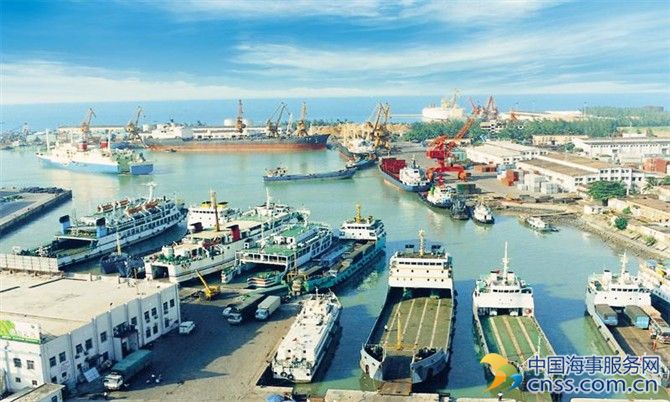Tanker freight rates tank on China’s proposed consumption tax

China’s plan to impose a consumption tax on mixed aromatics, light cycle oil and bitumen blend has shaken up everyone from the oil industry to the shipping industry. If implemented, the proposed tax will curb inflows of the said products, hit exports of oil products, and in turn hurt demand for oil tankers, says senior editor Sameer C. Mohindru.
Clean Tankerwire brings you the latest in tanker freight and fixture rates, giving you a full view of the most important developments, so you can effectively analyze the tanker market. Clean Tankerwire is a daily report that offers extensive listings and clear analysis of the latest tanker freight and fixture rates as a percentage of the Worldscale figure and an additional cost per metric ton conversion.
Welcome to the Snapshot, a series that examines the forces shaping and driving global commodity markets today.
If China sneezes, the rest of the world catches a cold. And if China coughs, it is rest of the world that has to clear its throat. Such is the whopping appetite of China for all commodities that policy changes effected in Beijing have a significant impact across the globe.
It should not then come as a surprise that China’s plan to impose a consumption tax on mixed aromatics, light cycle oil and bitumen blend, has shaken up everyone — ranging from the oil industry to the shipping industry.
The proposal, if implemented, will curb inflows of these products and hit exports of oil products – and in turn hurt demand for oil tankers. Freight rates for medium range tankers have already taken a hit.
Large numbers of mixed aromatic cargoes are shipped out of Singapore to China in MR tankers. These tankers then load distillates for delivery to Singapore, the Philippines and South Korea, among other destinations.
The proposed consumption tax, refinery turnarounds and lower export quota volumes for oil products from China have combined to take their toll on the freight market. The lump sum freight on all major MR routes has declined.
Market participants expect details on these consumption taxes, also called the Dragon Taxes, to be released anytime in the next 10 weeks. China already imposes similar taxes on gasoil, gasoline and fuel oil. Once the LCO and mixed aromatics are brought into the dragnet, imports and blending with local distillates will become less attractive.
As shipments get hurt, more Medium Range tankers will pile up at major ports such as Singapore and in South Korea and Indonesia. Already, the importers are desisting from placing orders for May delivery.
Lesser demand for tankers’ comes at a time when the global fleet is expanding fast and the order book for MRs is equivalent to 8%-10% of the global fleet.
Mixed aromatics is the main blending material for gasoline, and LCO for gasoil. ;So the question on the back of everyone’s mind is why import when there are no profits to be reaped?
China’s annual imports of mixed aromatics and LCO combined reach over 16 million tons involving thousands of shipments. The ships that discharge at Chinese ports then do return voyages laden with loads of Chinese surplus of gasoline, gasoil and jet fuel.
Once there is lesser mixed aromatics to blend from overseas, China’s exports of gasoline are expected to drop, as refineries would need to boost supply to the domestic market.
China has already cut its export quotas for oil products for the current quarter to control pollution and therefore the expansion of refining capacity. Under the processing trade category the quota is down 77% from second quarter of last year. More sleepless nights for ship owners and traders?
Until next time on the Snapshot, we’ll keep an eye on the markets.
Source: Platts
HEADLINES
- Do shipping markets want Biden or Trump for the win?
- All 18 crew safe after fire on Japanese-owned tanker off Singapore
- Singapore launching $44m co-investment initiative for maritime tech start-ups
- Cosco debuts Global Shipping Industry Chain Cooperation Initiative
- US warns of more shipping sanctions
- China continues seaport consolidation as Dalian offer goes unconditional